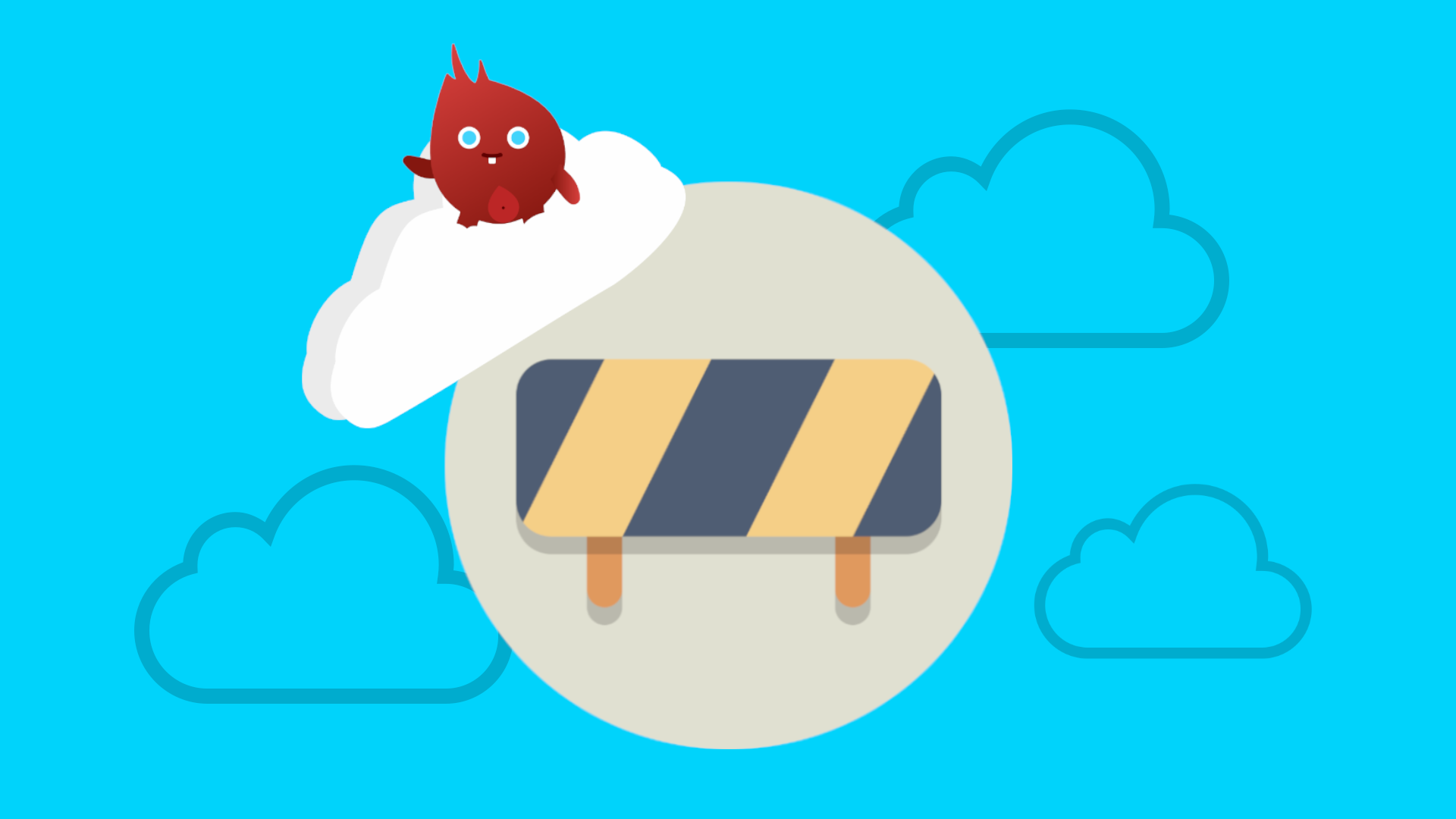2021-06-17 | Verena Stiegler | 4 min read
Cloud Migration without Roadblocks

Remote work accelerates the journey to cloud
With COVID-19, many organizations were forced to take on remote work and make changes to their IT infrastructure overnight. This has led to permanent changes in the workforce - 30% of companies are no longer requiring their employees to ever return to an office again - and has accelerated digital transformation plans. The cloud is also fast becoming a necessity in the current environment.
Now you may already think about a migration to cloud, but it seems like a really big commitment? Well, for sure there are some obstacles along the way to consider, but nothing you can’t handle with the right mindset and some preparation. And in the end, the destination is worth it.
Benefits of Cloud:
- Increased speedTeams are able to get set up faster, and quickly scale new instances or shut down old ones in minutes.
- Improved productivityManual upgrades on nights and weekends become a thing of the past, and teams are able to dedicate their time and resources to their customers, rather than maintaining tools.
- Reduced administrative costsPhysical hardware, maintenance, and other hidden administration fees can be costly. Organizations save more money with lower infrastructure costs by moving to the cloud.
- Scale with confidenceCustomers can safeguard their data with built-in data security controls, disaster recovery tools, and encryption in transit and at rest.
- Future-proof teamsTeams get instant access to the latest features, product improvements, and integrations with other leading cloud systems, and can access projects from anywhere, on any device.
- High availabilityHardware failures or power outages don’t affect the uptime or availability of your systems anymore. This makes it very easy to achieve 99,9% uptime.
The first step is to define some high-level parameters. In order to benefit from certain advantages during migration to a cloud - such as a massive reduction in costs - a well thought-out migration strategy is crucial in advance.
Planning is Caring
Planning, preparing, and onboarding represent the biggest parts of migration and have the greatest impact on migration success. Especially if you are consolidating multiple instances or have a large number of apps installed, it can take up to a few months to migrate to the cloud. But don’t let that stop you! Most of the work involved in migration takes place before the migration itself, as you prepare for the move, and after the migration, as users adjust to the new system.

Taking time to “spring clean” before a migration has lasting positive effects. Before a cloud migration, it is important to organize yourself. Making time for cleanup has two benefits. First, it makes migrations faster and smoother. And second, once the cloud migration is complete, performance is also often improved thanks to less data and bloat in the system.
So the better you are prepared, the easier the migration. Every company’s timeline will be different based on their size and unique needs. So here are some questions you might ask yourselves in advance and some steps that could build your own migration framework:
Assess: Should we move to cloud? What will we gain and lose?
Plan: What’s our strategy? What steps will we take to get there?
Prep: Get people, data and environments ready to migrate
Test: Does the migration work? How long does it take?
Migrate: Data and users are moved to cloud and any issues resolved
Launch: Help users get set up, learn cloud admin, retire server
Picking the right migration strategy is key to getting the very best out of the cloud. A smart approach ensures you can accelerate innovation, boost efficiency, and build competitive advantage. Since every company has it’s own individual set up and special needs, no migration looks the same. Therefore, let’s have a look at some different migration scenarios:
- Move all at once - If you have an “all or nothing” type of mindset, this might be the way for you! With our help, your whole setup migrates into cloud in one go. But this might not be the fastest approach for everyone, as it takes a lot of planning beforehand.
- Optimize and shift - In some cases, opzimizing your existing workloads BEFORE migrating to the cloud can save a lot of money. Lift the good stuff up, optimize the rest!
- Project by project - If you feel more comfortable taking it one step at a time, this is the right approach.
- Start fresh - Migrating to the cloud can also mean a fresh start! With lots of new possibilities, you might want to retire your running systems and build your completely new cloud environment.
No matter what suits you best - Scandio will help you move to the cloud at your own pace, to migrate in stages or even use a hybrid approach! Don`t think to much about maintaining, we will help you to develop a self-healing infrastructure!
Scandiolife on Instagram
Look what Scandio is tweeting



